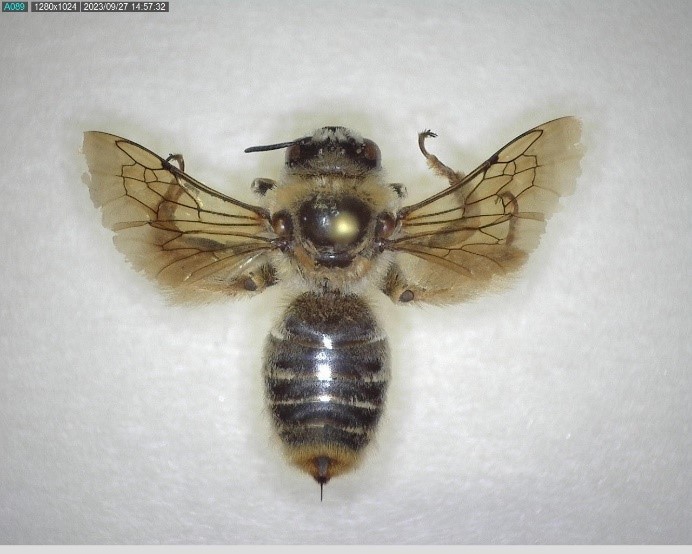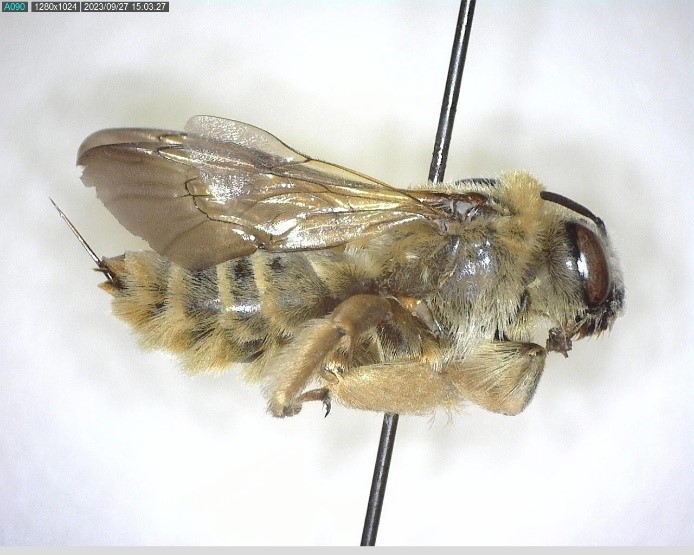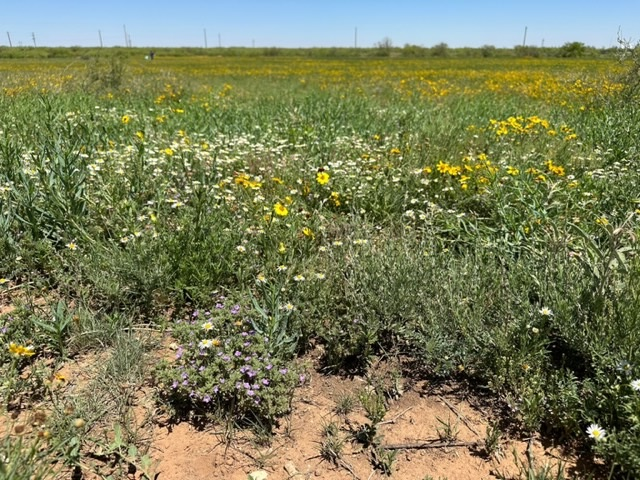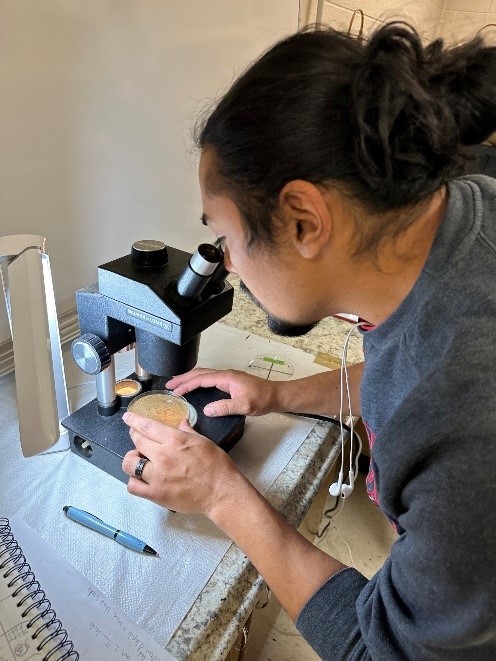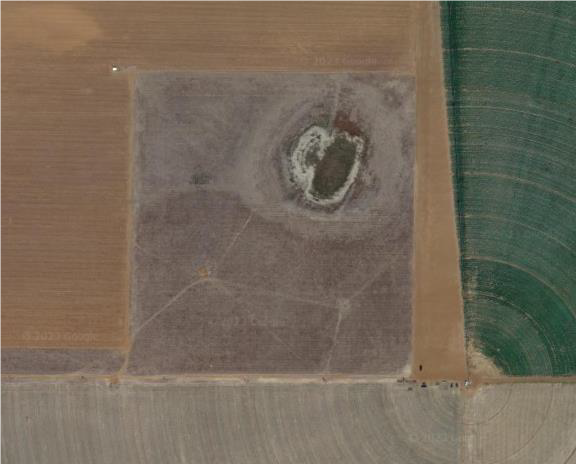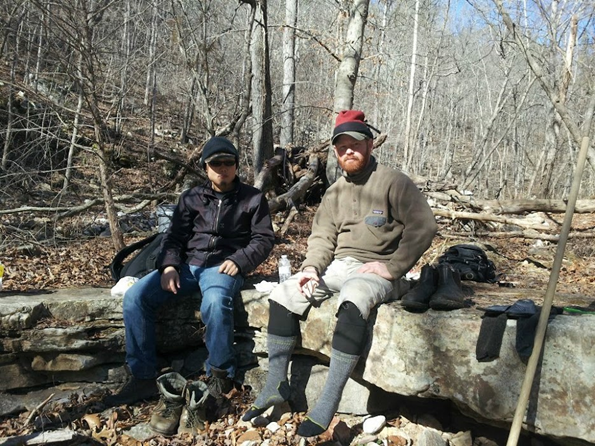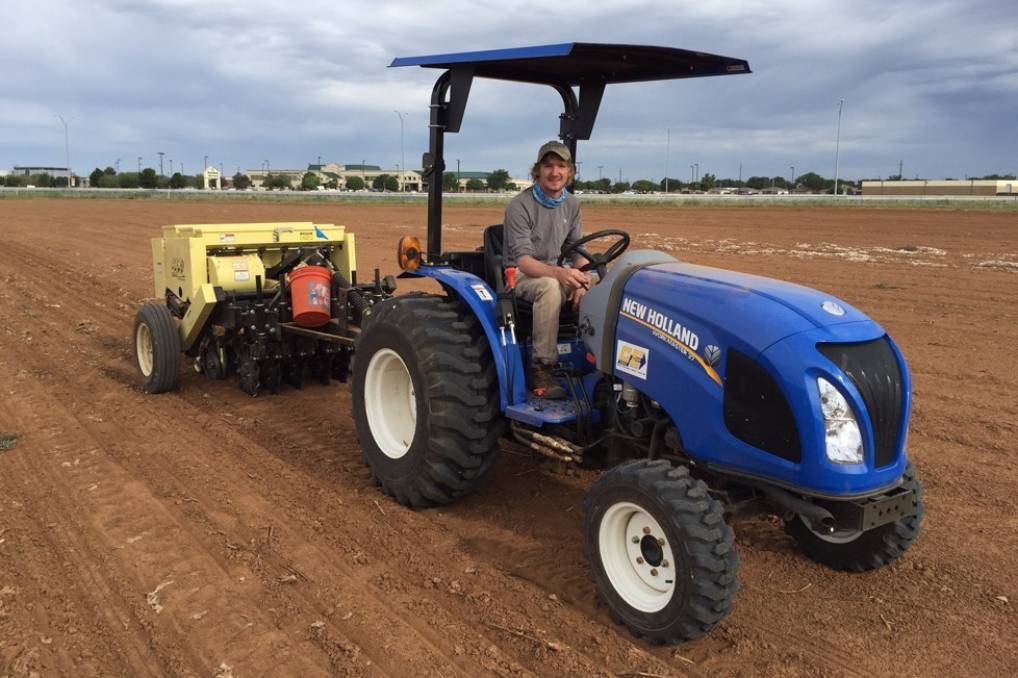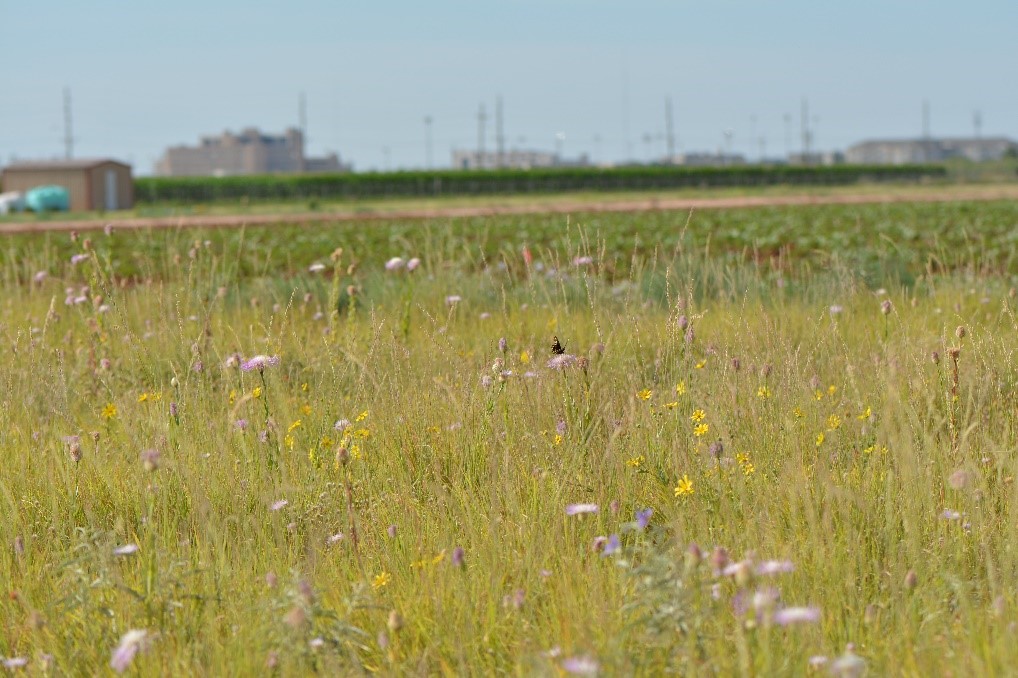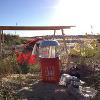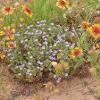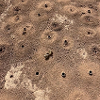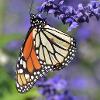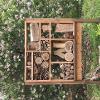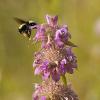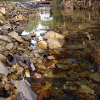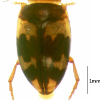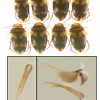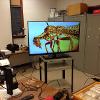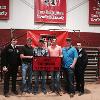Current research falls under a few key projects: 1) Digitization of native bee biodiversity
data, 2) Investigations of invertebrate communities and plant pollinator networks
in the High Plains and Edward’s Plateau region, with a focus on foragers of bristly
Nama, 3) Connecting consumers with the ecosystem benefits of sustainable cotton (Gossypium hirsutum) production, 4) Hydroporine (Coleoptera: Dytiscidae) diversity and ecology in karstic
south central U.S. highland plateau regions.
1. Native Bee Data Digitization Project
(funded by Texas Parks and Wildlife Department)
The main objective of this project is to provide accessible digital data of bee records
compiled by our lab across several recent projects aimed at documenting native bees
in agricultural landscapes of the U.S. Southern High Plains. A second objective includes
developing DNA metabarcodes of native bee species of concern in western Texas. This
project will contribute findings to a larger Texas Research Collaboration Network
involving multiple universities aimed at accurately documenting bee species in Texas.
2. Invertebrate Communities and Plant-Pollinator Networks
(funded by Texas Tech Davis College Catalyst Grand Challenge Program)
This project aims to conduct new research and build new interdisciplinary collaborations
involving invertebrate ecology and conservation with a focus on plant-pollinator networks
in grassland ecosystems.
In western Texas | MS graduate student Jenelle Lovejoy is conducting studies to quantify plant-pollinator
networks across least affected habitats and conservation lands in western Texas, with
a focus on pollen specialist rophitine sweat bees.
In central Texas, from the Llano River Field Station | MS student Jack Carlin is currently investigating plant-pollinator networks in riparian
areas of the perennial South Llano River in central Texas. MS student Joe Richards
is investigating aquatic insect biomass as a resource for Rio Grande Wild Turkeys
and a DNA analysis of fecal material to discern invertebrate resource use. MS student
William Stewart is investigating invertebrate community structure in Rio Grande Wild
Turkey habitats. This research aims to develop background data of invertebrate communities
in the region and build further applied research that aims to conserve this unique
freshwater ecosystem.
Pollen Specialist Bees and Their Host Plants | As part of plant-pollinator investigations in western Texas, we are focusing on a
known specialized pollinator hub involving a small native plant distributed throughout
the semiarid regions of the southern and central U.S (Nama hispidum and its associated insect foragers). In the field, we are sampling populations and
communities to elucidate specialization, pollination, and co-occurrences with other
insects, while in the lab we are working with field-collected seeds to understand
Nama germination to facilitate the ecological restoration of this biodiversity on
farms and in urban landscapes.
3. Connecting consumers with the ecosystem benefits of sustainable cotton (Gossypium hirsutum) production
(funded by BASF)
Existing environmental markets do not adequately reward West Texas farmers for the
positive environmental impacts of sustainable production. The purpose of this project
is to improve the marketability of sustainably produced cotton by developing a Life
Cycle Assessment (LCA) and corresponding communication campaign that relays to consumers
the way in which e3 sustainable cotton production promotes various ecosystem services,
such as biodiversity and soil health. The biodiversity targets will primarily focus
on the monarch as a keystone species along with native plant-pollinator networks that
include native ground nesting bees. The soil health targets will include attributes
that are important components of a healthy soil but are often not included in LCA
approaches, such as soil moisture and structure.
4. Hydroporine (Coleoptera: Dytiscidae) diversity in karstic south central U.S. highland
plateau regions
Since 2008, a portion of my research has focused on hydroporine diving beetles occurring
in the Ozark and Edwards Plateau region in Arkansas/Missouri and Texas, respectively.
Most work has focused on the genus Heterosternuta, while current investigations aim to determine if invasive hogs in central Texas
are affecting species occurrences through the destruction of critical stream margin
habitats. Furthermore, these surface water species are phylogenetically closely related
to those that become adapted to underground habitats, where they become depigmented,
lose their compound eyes, and the eleytra fuse. Of the five species of subterranean
species occurring in the U.S, four of them occur only in Texas. The research question
involves whether invasive hogs have truncated this evolutionary pathway (which, in
Australia, diving beetle speciation underground has been attributed to continental
aridification/freshwater reductions).


